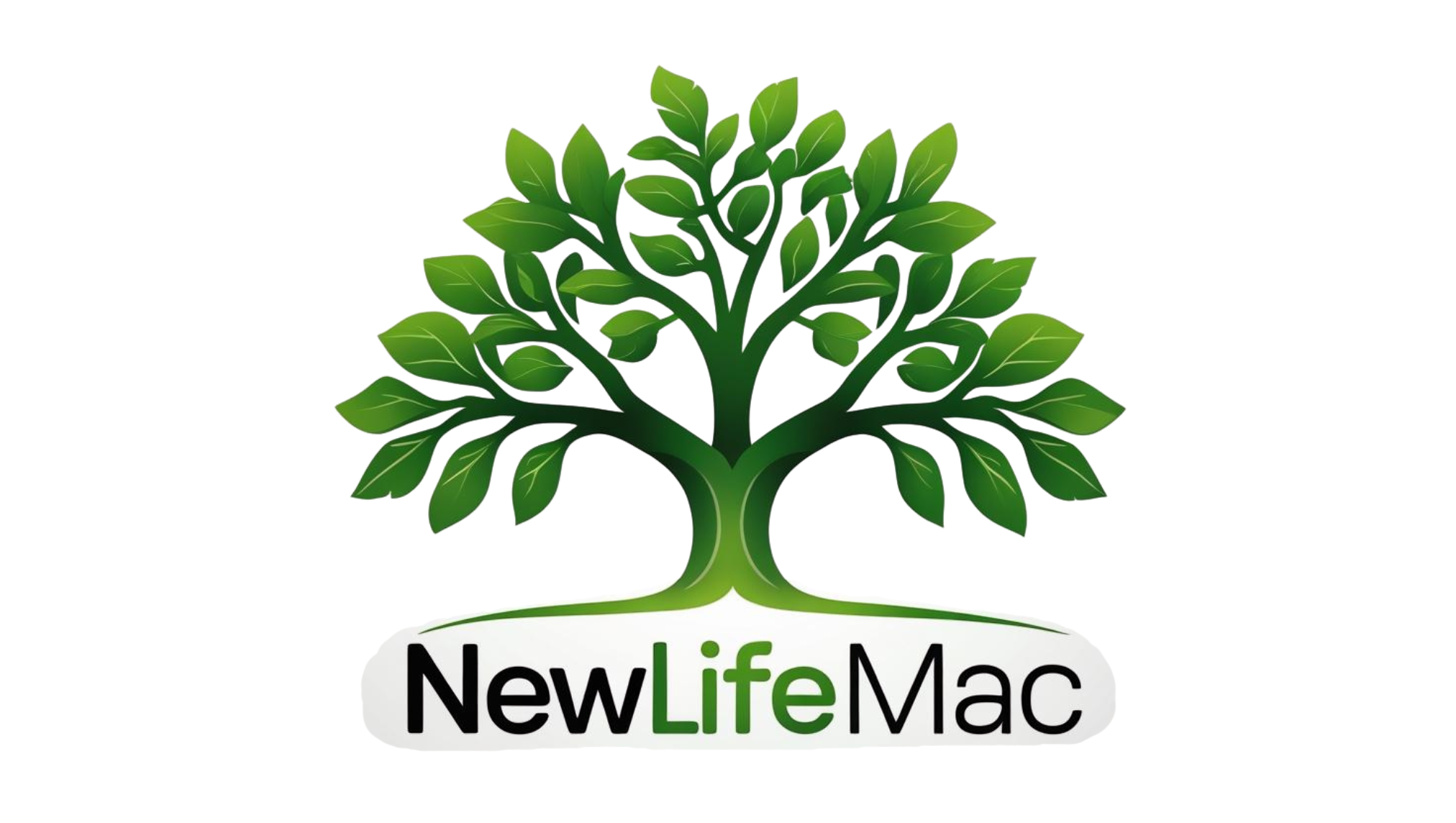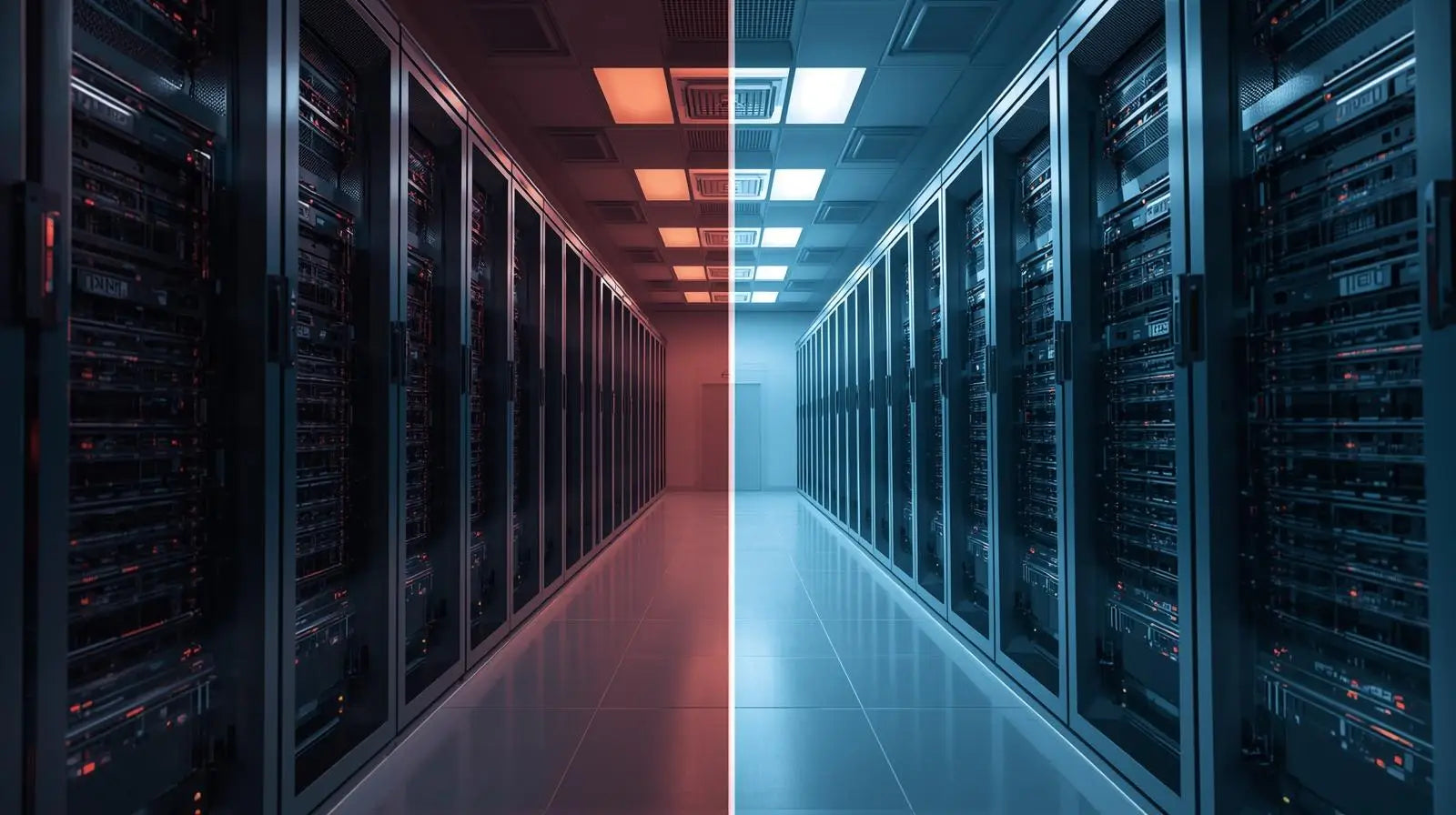A practical guide to performance, costs and real-world deployment for businesses and home labs
Why deal with it?
Servers are the backbone of IT. With new models, you pay a premium for the latest generation of processors and manufacturer support; with refurbished servers, you get a significantly lower purchase price, proven stability, and inexpensive spare parts. This article will help you make the right choice based on your workload, budget, and desired availability.
1) Quick summary (TL;DR)
-
Refurbished server : perfect price/performance ratio for virtualization (Proxmox/VMware altern.), NAS (TrueNAS), container services (Docker/k3s), test/dev and smaller production workload; lowest TCO , easy RAM/SSD upgrade, cheap spare parts; optionally with NBD in the form of an immediately available replacement (swap) server .
-
New server : the choice for organizations requiring full NBD manufacturer support , the latest instruction sets, and a long official lifecycle. Higher acquisition cost, lower risk for critical SLAs.
-
Tower vs. Rack : tower = quiet and simple for office/warehouse; rack = higher density, better airflow, rack and noise requirements.
2) Typical scenarios and recommendations
A) Small business (ERP, accounting, file sharing)
-
2× CPU (mid-range), 64–256 GB ECC RAM , 2× NVMe (mirror) + 4–8× HDD (RAID-Z1/Z2 or HW RAID 10)
-
Tower (due to noise) or 2U rack in a lockable cabinet with UPS
-
Repas recommended: excellent P/V and easy expansion
B) Virtualization and micro-services (Proxmox, Docker, k3s)
-
RAM and NVMe IOPS priority; 128–512 GB ECC, NVMe mirror + data SSD/HDD pool
-
iDRAC/iLO/IPMI for remote management, 10GbE for fast migrations
-
Repas: yes; when requesting vendor support → new
C) NAS / backups (TrueNAS / minio / object storage)
-
Focus on capacity, reliability and bandwidth ; RAID-Z2/HW RAID 6
-
8–24 bay chassis, HBA in IT mode (for ZFS), 10GbE
-
Repas: ideal (cheap backplanes, drawers, disks)
D) Low-latency calculations, rendering, databases
-
Newer generation CPU and low latency NVMe; more RAM channels
-
Consider a new server for per-core performance and manufacturer support
3) Key decisions
-
Availability (SLA) : How many hours of downtime/year is acceptable? → 1× robust machine vs. 2× cheaper nodes + HA.
-
Support : Do you need NBD on-site from the manufacturer? If yes → new. If no → reconditioned + reliable partner.
-
Noise and space : tower for the office; rack for the server room. Rack noise is often over 50 dB.
-
Network : 10GbE makes sense almost everywhere these days (file servers, VM migrations, backups).
-
Management : iDRAC/iLO/IPMI = remote KVM, monitoring, power cycle. Saves travel and time.
4) Storage: ZFS vs. HW RAID (quick overview)
-
ZFS (TrueNAS / Linux) : great for data integrity (checksums, snapshots, send/recv), great for NAS and backups. Prefer HBA in IT mode instead of HW RAID.
-
HW RAID (PERC/SmartArray) : simple integration with hypervisors, familiar practices, cache with BBU; suitable for combination of VM + database.
-
NVMe : mirror for system and VM metadata; for high-IOPS workloads, add an NVMe pool.
5) Memory and CPU
-
ECC RDIMM/LRDIMM : standard for servers; remanufactured ones allow for cheap expansion (128–512 GB without dramatic costs).
-
CPU : for VMs and containers, the combination of cores × frequency is important. For databases and some SW (single-threaded performance), a newer generation of CPU will help.
6) TCO example (calculation template)
Below is a model example - rewrite the numbers according to your reality (energy prices, usage, number of disks). The goal is to show the principle, not to do the accounting for you.
| Item | Refurbished server | New server |
|---|---|---|
| Purchase price | 15–20 thousand CZK* | 80–150 thousand CZK |
| RAM (expansion) | 4–8 thousand CZK | 12–25 thousand CZK |
| Storage (SSD/HDD) | 5–30 thousand CZK | 5–30 thousand CZK |
| Annual electricity* | 3–6 thousand CZK | 3–6 thousand CZK |
| Service/Spare parts | 2–6 thousand CZK | 4–10 thousand CZK |
| TCO in 3 years (estimate) | ~50–110 thousand CZK | ~120–220 thousand CZK |
Note: electricity costs often differ less than expected between more modern and older generations - the load, level of consolidation and efficiency of the PSU are decisive.
*Example of resale price: HP ProLiant DL380p Gen8 or Dell PowerEdge R730 fully equipped; final price varies by CPU/RAM/storage.
7) Security and backups (must-have)
-
3-2-1 : 3 copies, 2 different media, 1 offsite. Snapshots and replication (ZFS/rsync/veeam-like).
-
UPS and safe shutdown (NUT/apc-ups). Recovery test at least twice a year.
-
Firmware updates : iDRAC/iLO/IPMI, BIOS, HBA/RAID, SSD (due to performance and bug fixes).
8) Specific tips from practice
-
Start with a small cluster (2 nodes) instead of one “monster.” You get zero-downtime maintenance and higher resilience.
-
NVMe mirror for OS/hypervisor + data pool (SSD/HDD) for VMs and files.
-
10GbE SFP+ is often cheaper than 10GBase-T and has lower power consumption.
-
Keep at least 1 spare disk of the same capacity in the drawer and one extra PSU if it is modular.
9) What you get from us (NewLifeMac)
-
Verified, tested refurbished servers with the option of custom configuration (RAM, SSD/HDD, 10GbE, HBA/RAID, NVMe).
-
NBD (swap) service : for critical operations, we provide an immediately available second server for replacement - minimizing RTO without the need for an expensive on-site manufacturer.
-
Warranty and technical support: we will help with RAID/ZFS design, hypervisor installation (Proxmox, etc.), networking and data migration.
-
We take ecology seriously: every remanufacture extends the life cycle and saves CO₂.
10) Quick checklist before buying
-
Required SLA (downtime hours/year) and HA strategy
-
Number of VMs/containers, RAM/CPU per unit, growth for 12–36 months
-
Storage: capacity today vs. in 2 years, type (ZFS/HW RAID), hot-spare
-
Network: 1G vs. 10G, SFP+ vs. RJ‑45, number of ports/LACP
-
Backups and recovery: offsite, retention, test restore
-
Location and noise: tower vs. rack, room cooling, UPS
11) Sample configurations (inspirational)
We will fine-tune the specific model/series according to availability and budget - below is just a framework.
A) Tower for the office (silent NAS + virtualization)
-
1–2× mid-range CPU, 128–256 GB ECC, 2× NVMe mirror, 6–8× HDD 12–20 TB (ZFS RAID‑Z2), 10GbE SFP+
B) 2U rack (universal cluster nodes)
-
2× CPU, 256–512 GB ECC, NVMe mirror for OS, 4× SSD (VM), 8–12× HDD (NAS), HBA in IT mode, 10GbE dual‑port
C) Computing node
-
Newer CPU with higher single-core, 256–512 GB ECC, NVMe pool, or powerful GPU; prefer new hardware for warranty and drivers
12) Conclusion
If you don't need official NBD support from the manufacturer and the latest instruction sets, a refurbished server is the best option in terms of price and functionality for most SMB scenarios, NAS and virtualization. A new server makes sense for critical SLAs, specific licenses and cutting-edge workloads. We are happy to design a tailor-made solution for you - from a single node to a small HA cluster.
Do you want a design just for you?
Send us: number of VMs/containers, required capacity, target SLA and budget. We will prepare a specific configuration and TCO.


Share:
Dell Precision T5610 versus Dell Precision 7960 professional for everyday work
Build a quiet gaming PC from Dell Precision T5810 with e5-1650